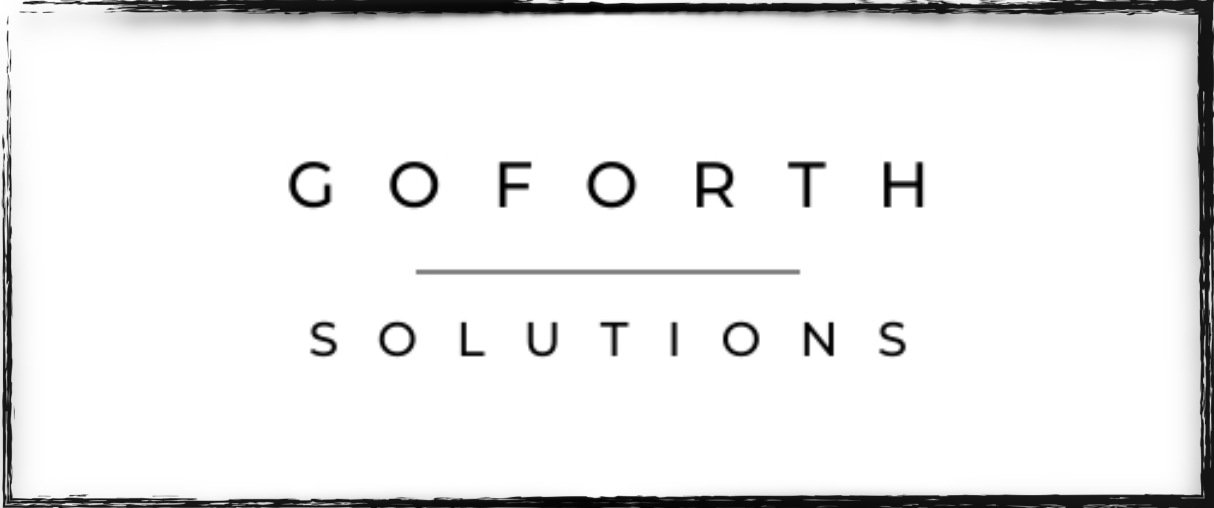Working the Creative Muscle
/Creativity can give people a competitive edge in any profession, from firefighting to oil trading. The challenge is knowing when we need to be creative and how to do it, says Balder Onarheim, co-founder of the Copenhagen Institute of NeuroCreativity. Creativity requires a lot of energy, and the brain is designed to conserve energy, especially in stressful situations, so “if it can reuse an old pattern, it will,” he says. “For most people, it’s actually about knowing when to help push your brain out of the normal way of dealing with things.”
When seeking inspiration, many people look for ideas around issues similar to the one they’re stuck on. The genius of Oblique Strategies, says Onarheim, is that it introduces an element of randomness that breaks that mold. It’s the same reason people often have their best ideas in the shower or on a walk through the woods rather than sitting at a desk.
Jess Shankleman writing for Bloomberg Business
